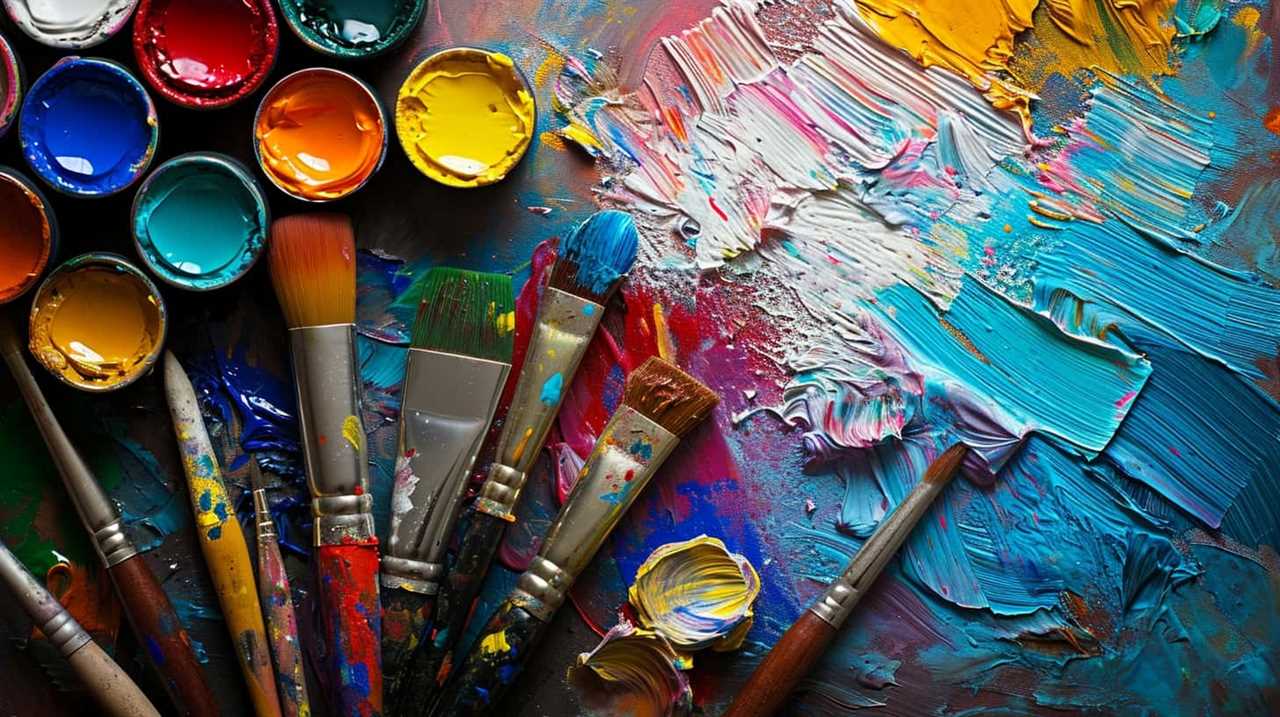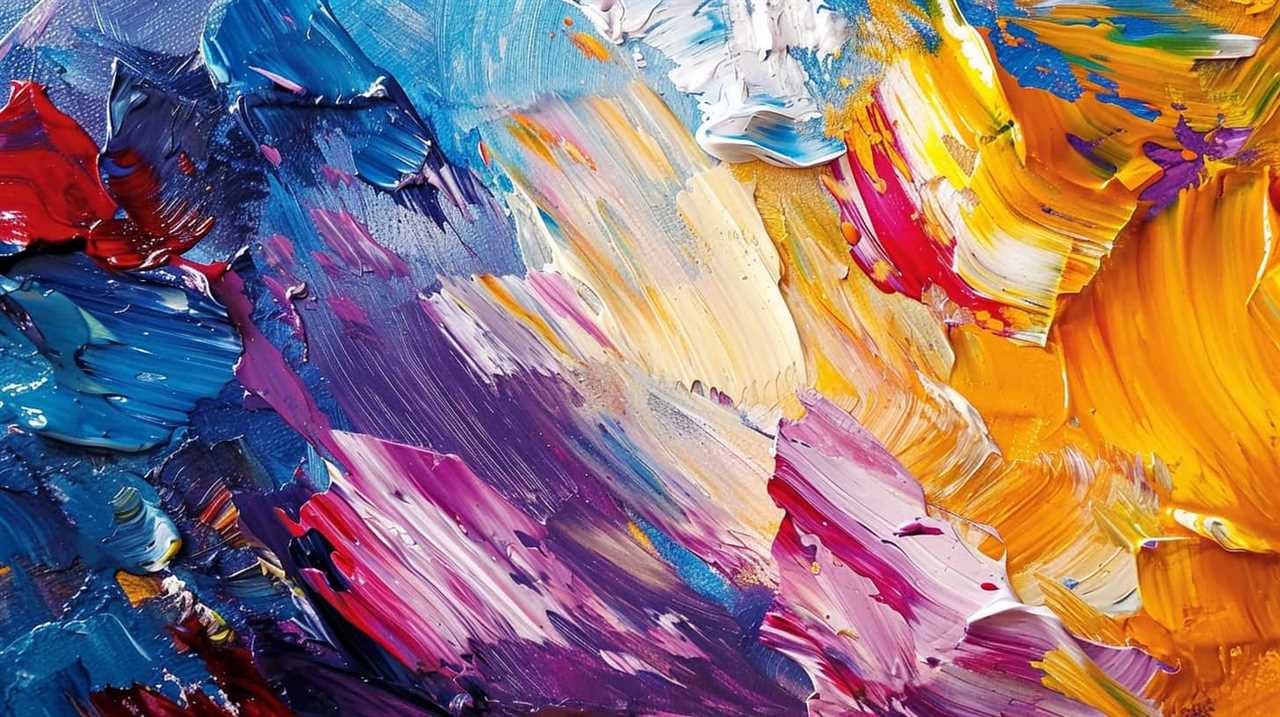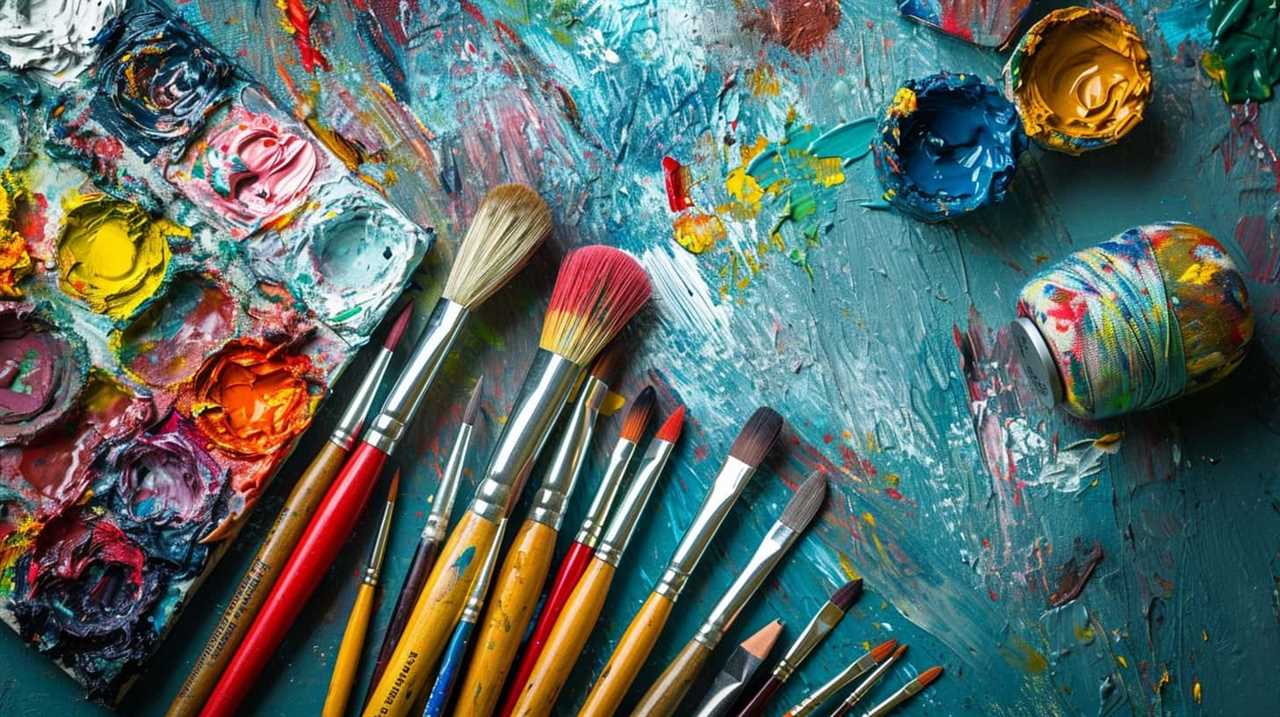We acknowledge that there may be doubts regarding the influence of art on driving social change. Nevertheless, as artists, we strongly believe in the ability of artistic expression to inspire change.
In this article, we will share four insightful tips from artists who have successfully used their craft to drive social change. Through their experiences, we aim to provide you with valuable guidance on how to harness the potential of art to inspire and provoke meaningful societal shifts.
From visual arts to music, literature to performance, these tips will equip you with the tools to make a difference through your own artistic endeavors.
Join us as we explore the intersection of art and social change, and discover how your creativity can be a catalyst for positive transformation.
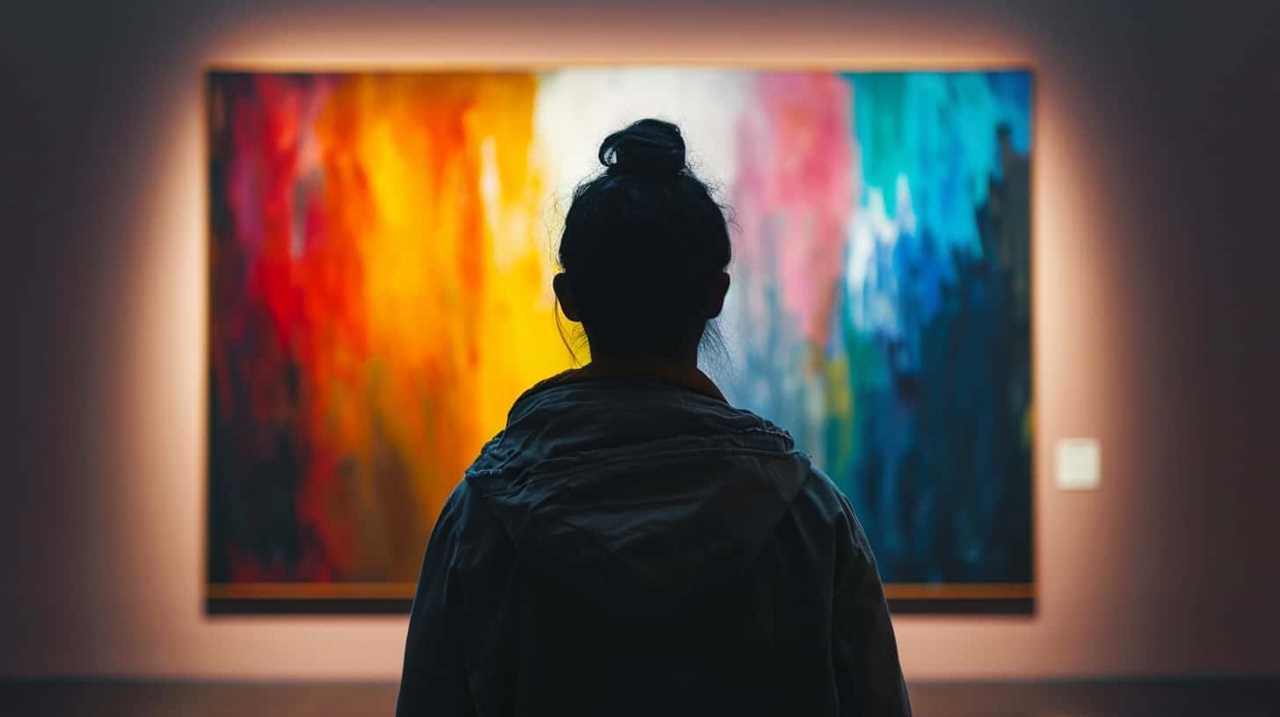
Key Takeaways
- Art serves as a powerful tool to raise awareness and challenge the status quo.
- Artists actively drive social change through their artwork.
- Art communicates complex ideas and emotions that resonate deeply.
- Art inspires action and empowers individuals to make a difference.
The Power of Artistic Expression
Through the use of art, we, as artists, have the ability to ignite social change and inspire meaningful conversations. Art has always played a crucial role in activism, serving as a powerful tool to raise awareness, challenge the status quo, and promote empathy. It allows us to express complex emotions and ideas in ways that words alone can’t capture.
Art has the unique ability to touch people on an emotional level, evoking empathy and fostering understanding. It has the power to break down barriers and bridge divides. It can give voice to the marginalized and shine a light on social injustices. By depicting the experiences of others, artists can cultivate empathy in viewers, encouraging them to step into someone else’s shoes and see the world through a different lens. This ability to promote empathy through art is essential in creating a more compassionate and inclusive society.
Artistic expression has the potential to challenge deeply ingrained beliefs and provoke critical thinking. It can challenge societal norms and spark conversations that lead to change. By presenting alternative perspectives and challenging the status quo, art can inspire individuals to question their own biases and prejudices, ultimately leading to personal growth and societal transformation.
Art as a Catalyst for Change
Artists use their creativity and passion to actively drive social change through their artwork. Art has long been recognized as a powerful tool for activism and justice. Through their work, artists can challenge social norms, raise awareness about important issues, and inspire action. Art as activism enables artists to communicate their message in a way that’s accessible and impactful, transcending language and cultural barriers.
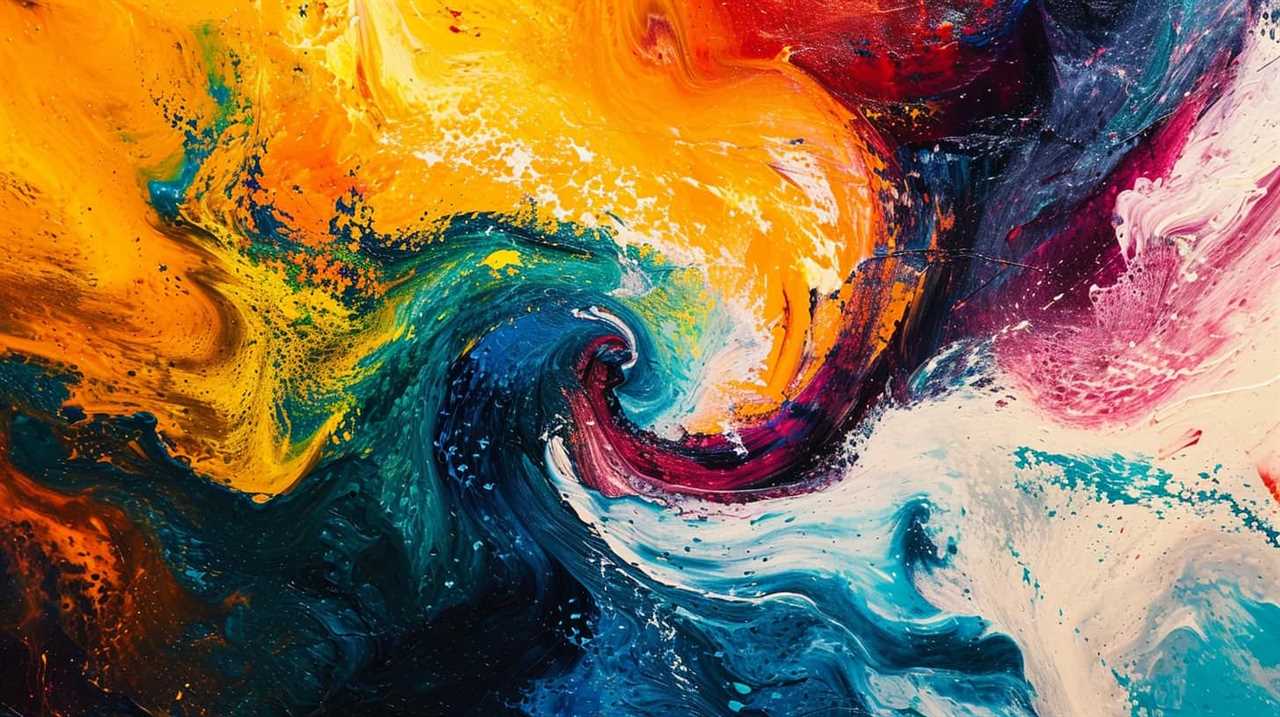
Art has the ability to provoke thought, spark emotions, and ignite conversations. It can serve as a mirror, reflecting society back to itself and exposing the injustices that need to be addressed. Whether it’s a painting, a sculpture, a photograph, or a performance, art has the power to confront societal issues head-on, demanding change and accountability.
Art for justice goes beyond mere aesthetics. It aims to disrupt the status quo and challenge the prevailing power structures. Artists often use their platforms to amplify marginalized voices and bring attention to systemic inequalities. By creating art that speaks truth to power, artists can galvanize communities, mobilize movements, and ultimately effect meaningful change.
Inspiring Social Transformation Through Art
We, as creators, have the power to ignite social transformation through our art. Artistic activism plays a vital role in driving social change by challenging the status quo, raising awareness, and inspiring action.
Art has the unique ability to communicate complex ideas and emotions in ways that resonate deeply with people, transcending language and cultural barriers. It has the power to evoke empathy, provoke thought, and challenge societal norms.
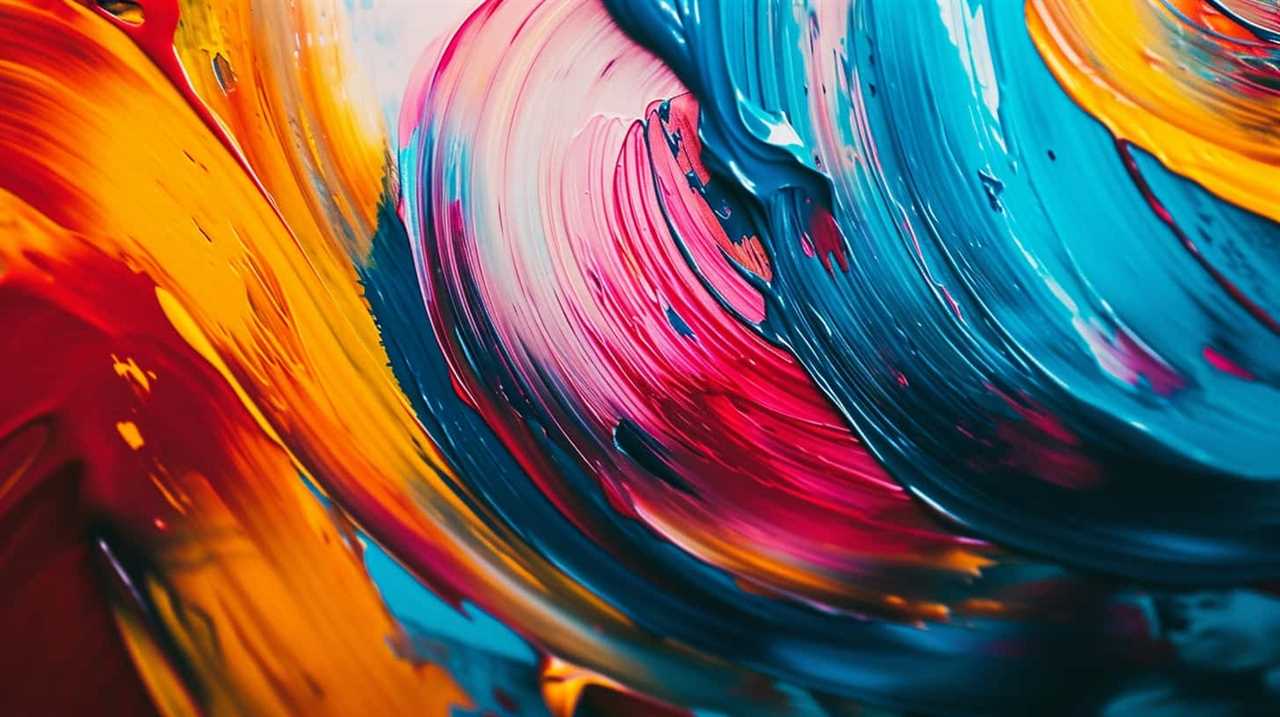
Artistic activism harnesses the transformative power of art to address pressing social issues such as human rights, inequality, and environmental degradation. It serves as a powerful tool for amplifying marginalized voices and challenging dominant narratives. Through their work, artists can provoke dialogue, encourage critical thinking, and galvanize communities into action.
Art has historically played a pivotal role in activism, from political posters and murals to performance art and multimedia installations. It has the ability to disrupt, provoke, and inspire change. By creating art that challenges the status quo and amplifies marginalized voices, artists can contribute to the broader social movement for justice and equality.
In conclusion, art has the potential to be a catalyst for social transformation. Through artistic activism, artists can challenge societal norms, raise awareness, and inspire action. The role of art in activism is crucial, as it has the power to communicate complex ideas, provoke thought, and galvanize communities into action.
As creators, we have the responsibility to leverage our art for social change and contribute to a more just and equitable world.

Artists’ Perspectives on Art and Society
As creators, our perspectives on art and society shape our artistic activism and drive our efforts for social change. We believe that as artists, we have a unique role in society, one that goes beyond mere entertainment or aesthetic pleasure. Our art has the power to challenge norms, provoke thought, and inspire action. Through our work, we aim to shed light on social issues, amplify marginalized voices, and create spaces for dialogue and reflection.
To better understand the relationship between art and society, let’s explore the following table:
| Artists’ Perspectives on Art and Society | |
|---|---|
| Art as a Mirror | Reflecting social realities |
| Art as a Catalyst | Igniting conversations |
| Art as a Call to Action | Mobilizing for social change |
Art as a Mirror: Through our art, we strive to reflect the world around us, exposing the injustices and inequalities that exist. By holding up a mirror to society, we present a truthful and unfiltered depiction of the world we live in.
Art as a Catalyst: We believe that art has the power to ignite conversations and spark dialogue. Through our work, we aim to challenge ingrained beliefs and encourage critical thinking, fostering a deeper understanding of social issues.
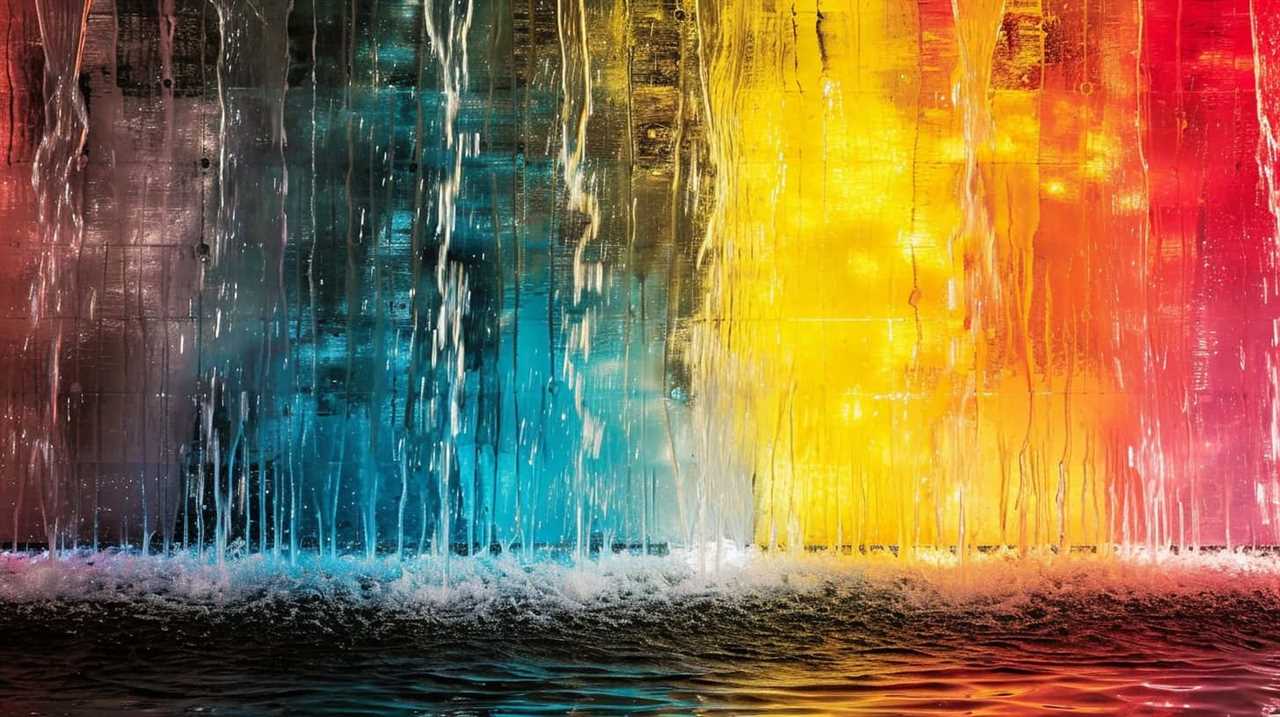
Art as a Call to Action: Our art is not just meant to be observed passively, but to inspire action. We use our creativity to mobilize individuals and communities, urging them to take a stand and work towards social change.
Frequently Asked Questions
How Can Art Be Used as a Tool for Sparking Social Change?
Art can be a powerful tool for sparking social change. It allows us to express our thoughts and emotions, challenge societal norms, and inspire others to take action. Through art as activism, we can create a medium for dialogue and promote positive transformation in our communities.
What Are Some Examples of Art Movements or Projects That Have Successfully Inspired Social Transformation?
Art movements and projects for social transformation are abundant throughout history. From the suffragette movement to the Black Lives Matter murals, art has powerfully inspired change by elevating voices and challenging societal norms.
How Do Artists Perceive Their Role in Society and the Impact Their Art Can Have?
Artists perceive their role in society as powerful agents of change. They understand the impact their art can have, transcending boundaries and provoking thought. Through their creativity, they inspire social transformation and challenge the status quo.
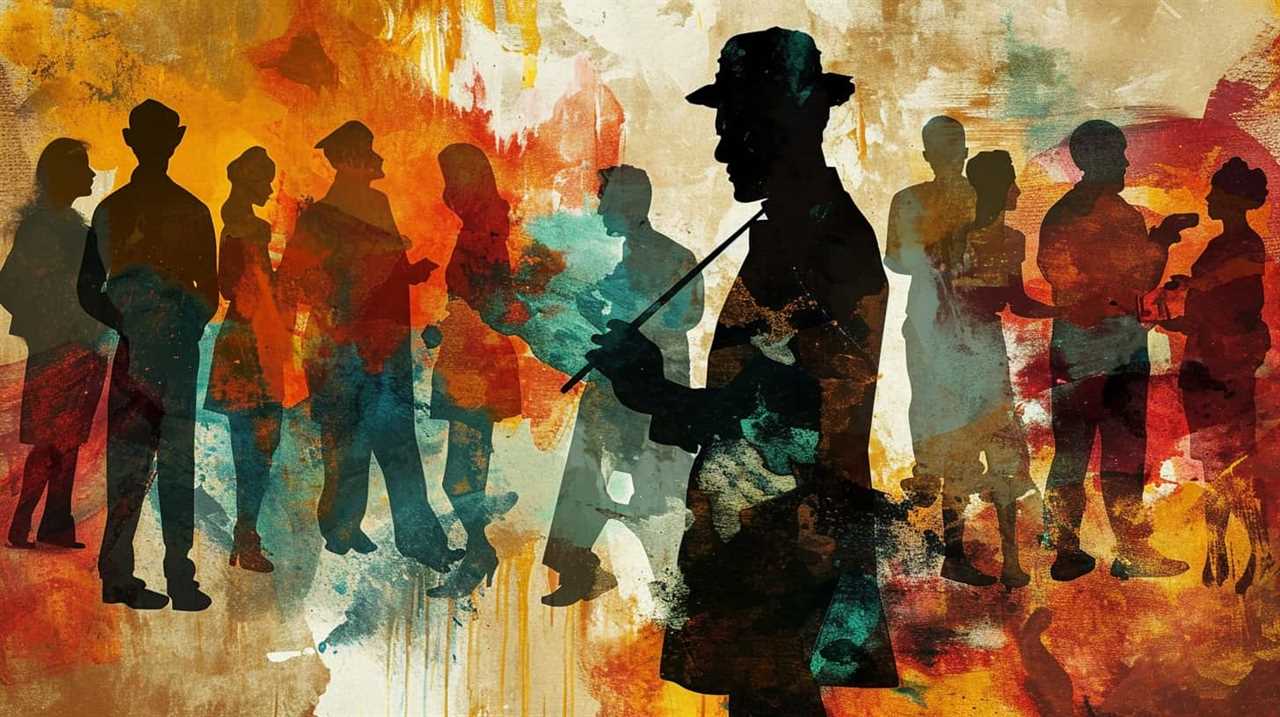
Can Art Alone Bring About Significant Societal Change, or Is It Just a Catalyst for Other Actions?
Art alone can ignite the flames of societal change, but it is the catalyst for other actions that truly fuel the revolution. Artists have the power to inspire, provoke, and challenge, but it is through collective efforts that lasting transformation is achieved.
What Are Some Practical Ways in Which Artists Can Actively Contribute to Social Change Through Their Work?
Artistic activism is powerful. Art serves as a platform for social change, allowing artists to express their perspectives, challenge norms, and inspire action. Through their work, artists can actively contribute to shaping a more inclusive and just society.
Conclusion
So there you have it, folks. Art, the magical cure-all for society’s ills. Just pick up a paintbrush or strum a guitar, and watch as inequality, injustice, and corruption magically disappear.
Who needs politicians or activists when we’ve artists to save the day?
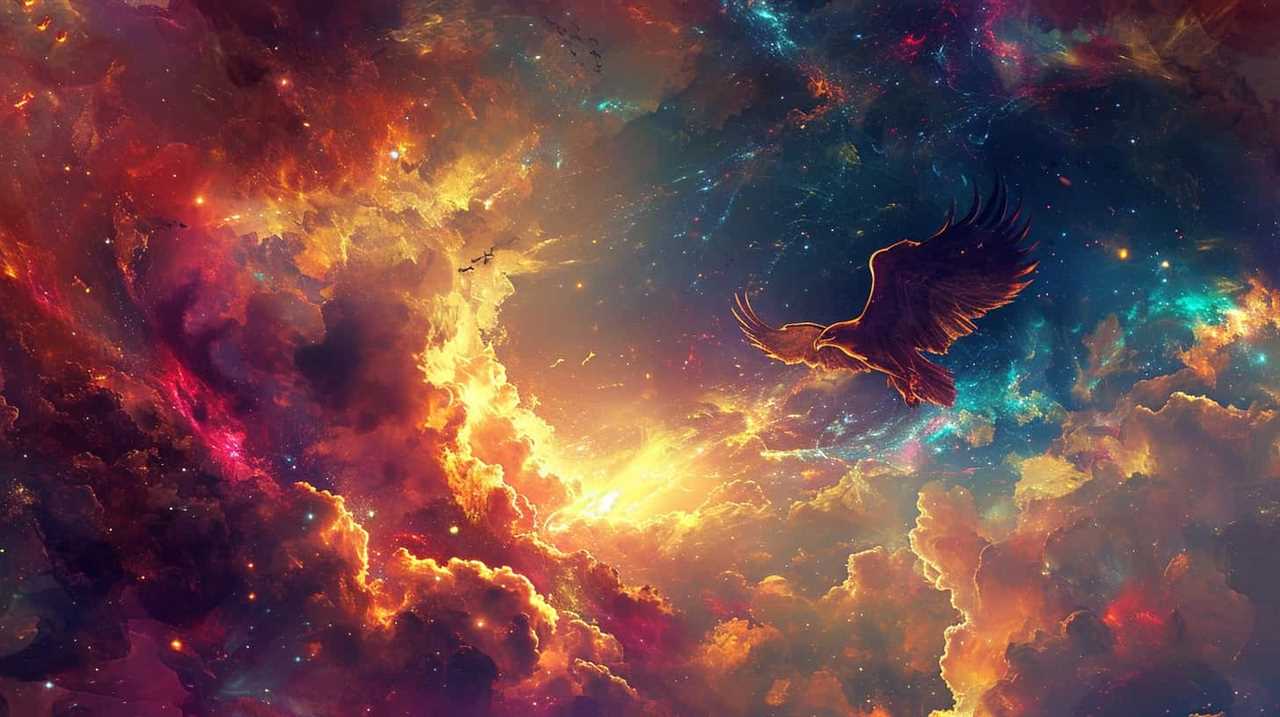
It’s a pity that Picasso’s ‘Guernica’ didn’t manage to end all wars. But hey, at least it made for a nice conversation piece at cocktail parties.
Lauren’s talent in writing is matched by her passion for storytelling. Her love for books and deep understanding of culture and entertainment add a distinct flavor to her work. As our media and press contact, Lauren skillfully bridges the gap between afterQuotes and the broader media landscape, bringing our message to a wider audience.



